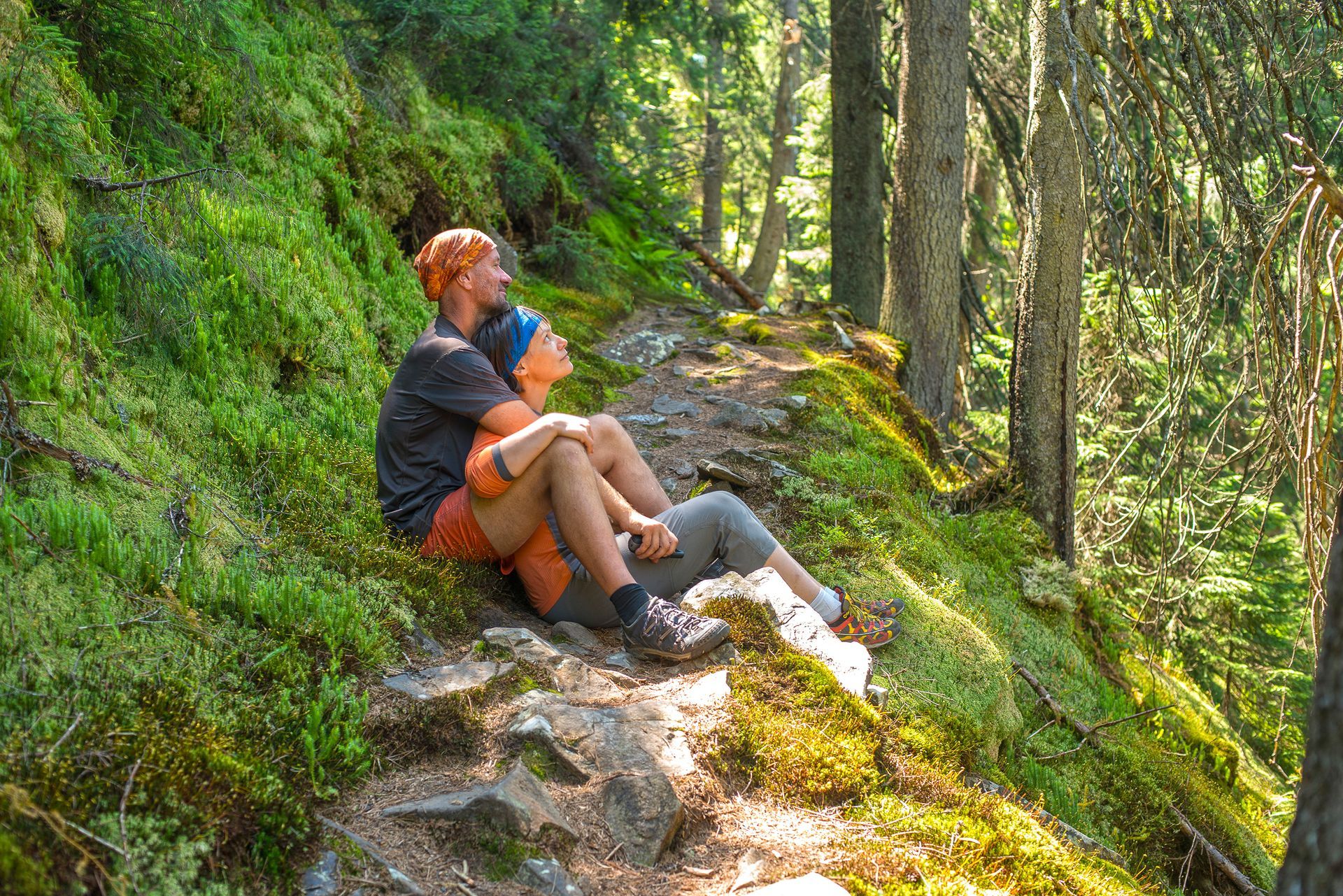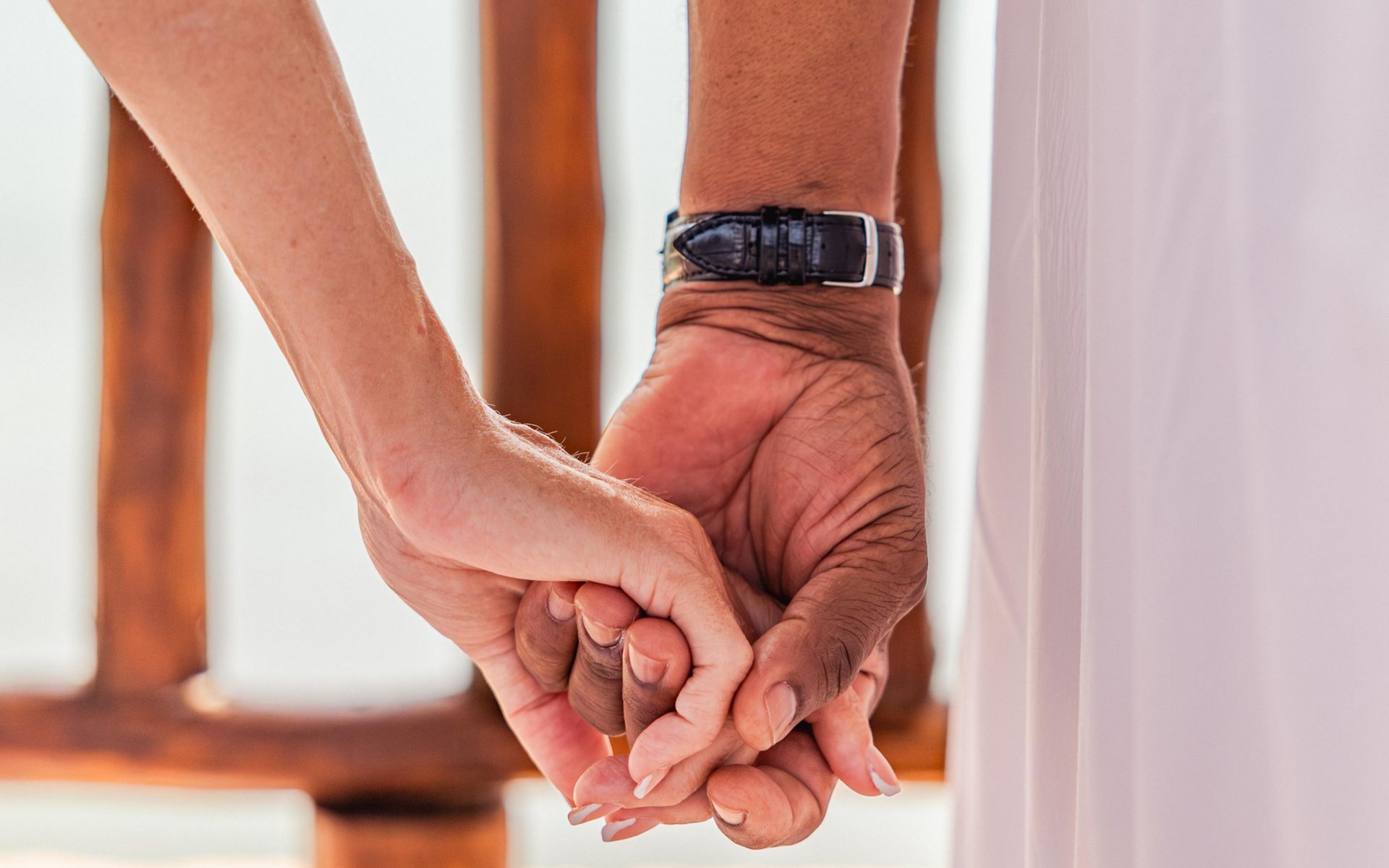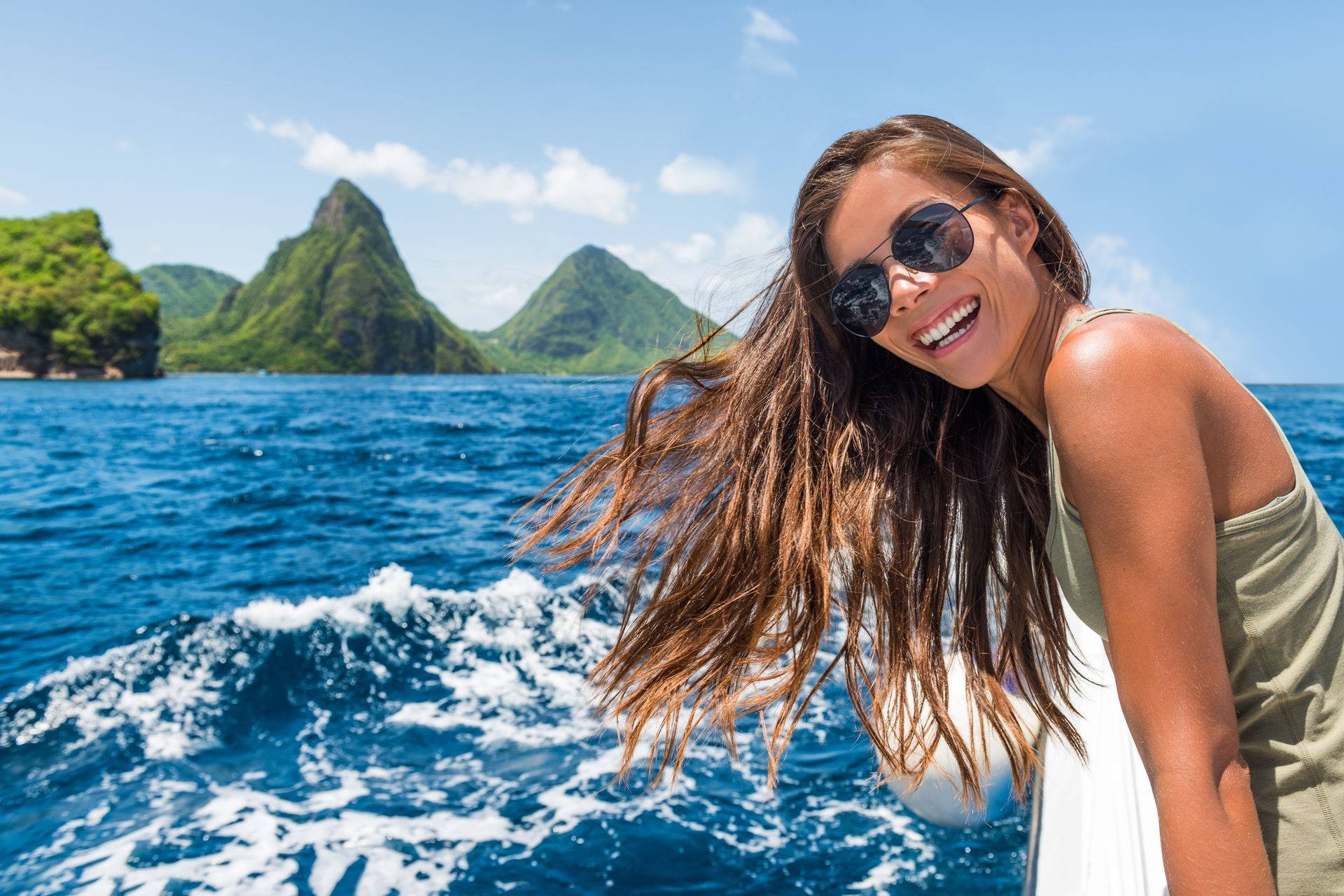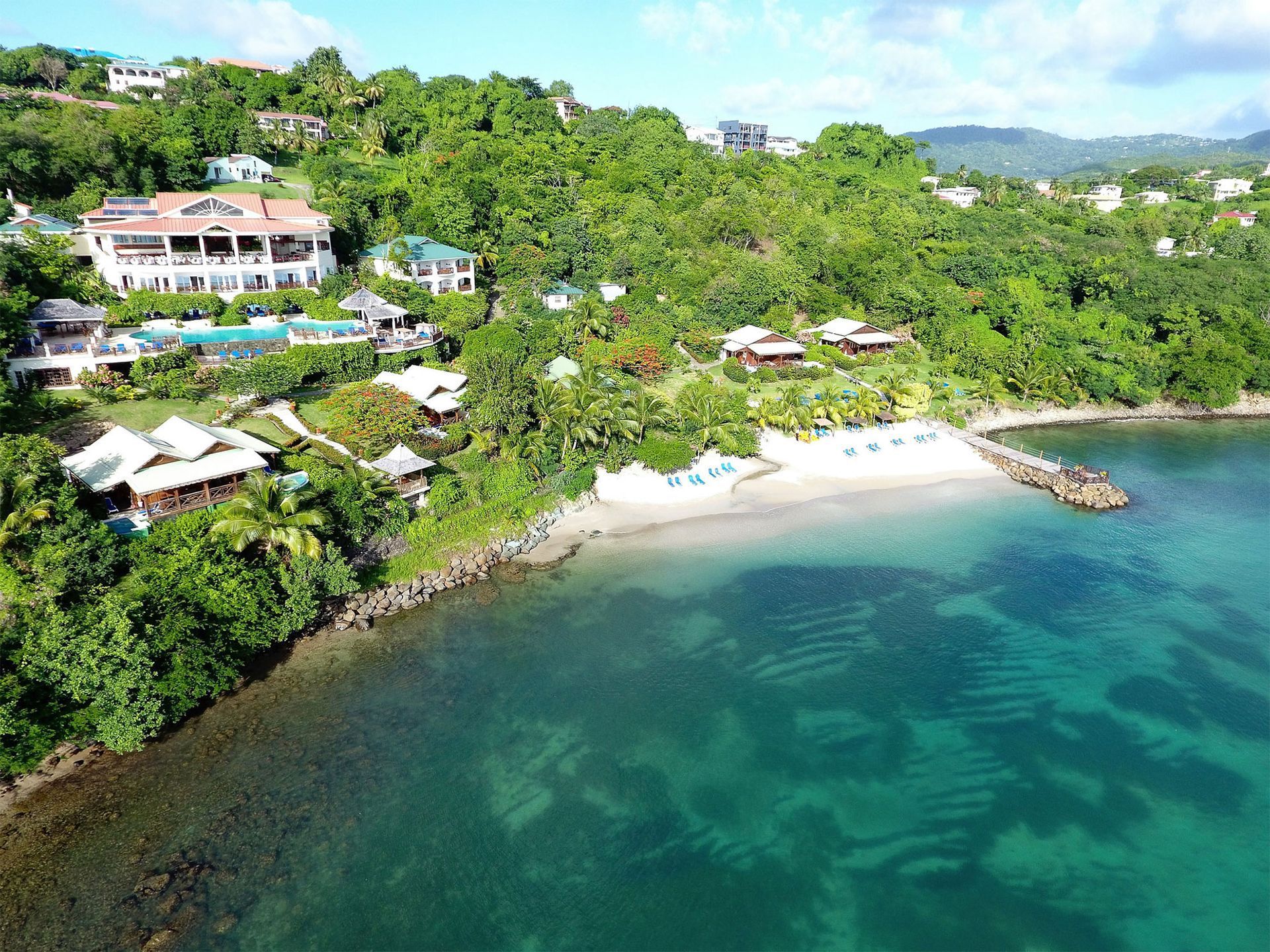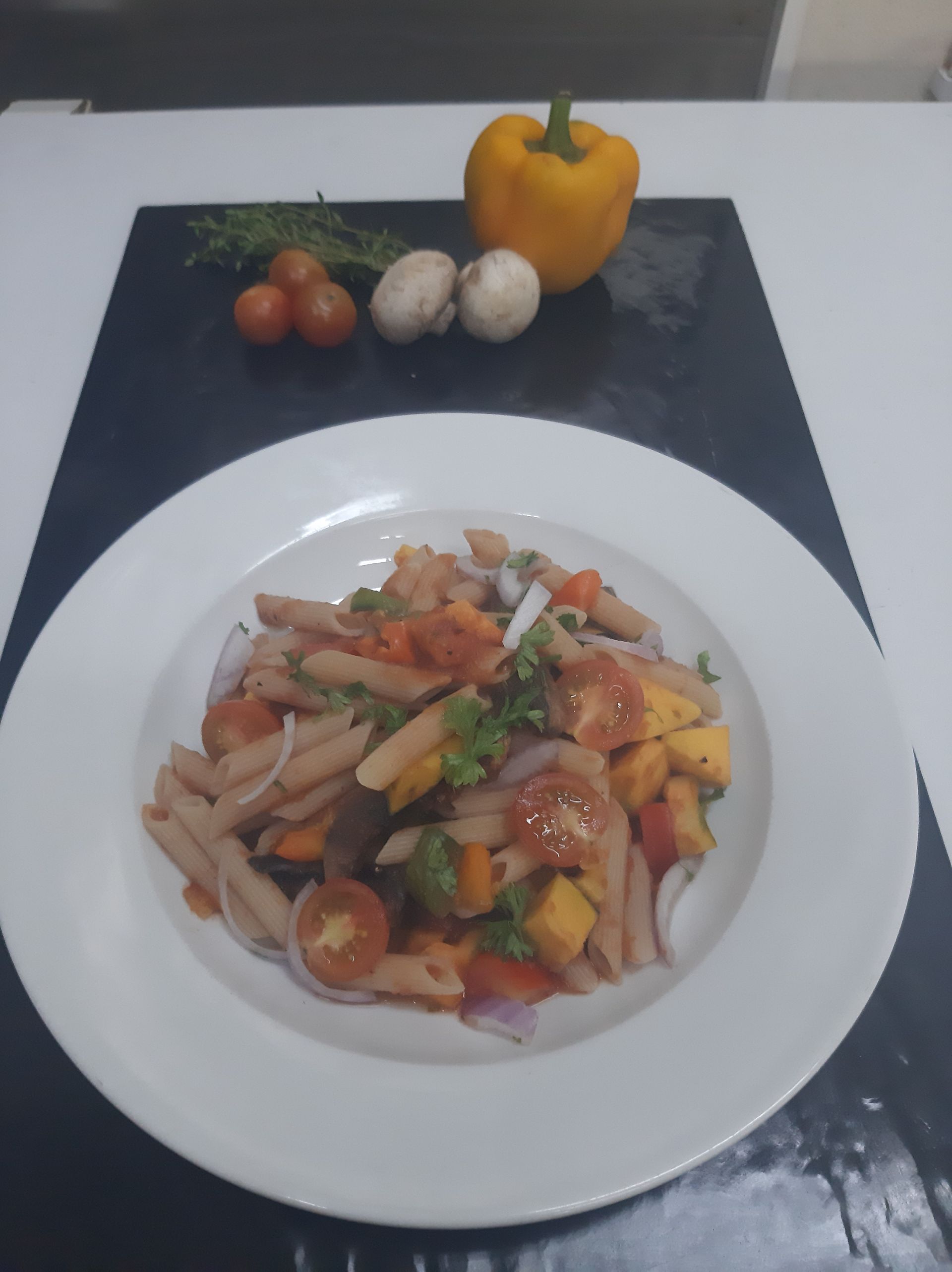Share this blog
Two Minute Read

About the Caribbean
The West Indies or the Caribbean, whichever name you know it by, is a necklace of beautiful islands stretching from the Southern tip of Florida to the coast of South America.
This string of 'Pearls' divides into two parts, called the Greater and the Lesser Antilles. One can describe the Greater Antilles as the 'Big Islands.' Cuba, Jamaica, Puerto Rico, and Hispaniola; (The Dominican Republic and Haiti). Nearby, you will also find some smaller islands, such as Turks and Caicos and the Bahamas.

Lesser Antilles
The Lesser Antilles are the smaller islands. These stretch south from Puerto Rico down to Trinidad & Tobago. They, too, are subdivided into the Leeward and the Windward islands. The Windward Islands include Martinique, St. Lucia, St. Vincent and the Grenadines, and Grenada. In contrast, the Leeward Islands include the U.S. Virgin Islands, the British Virgin Islands, Anguilla, St. Martin/Maarten, St. Barts, Saba, St. Eustatius, St. Kitts and Nevis, Antigua and Barbuda, Montserrat, Guadeloupe, and Dominica, and the Leeward Antilles—also known as the "ABC Islands"—off the coast of South America are Aruba, Bonaire, and Curacao.
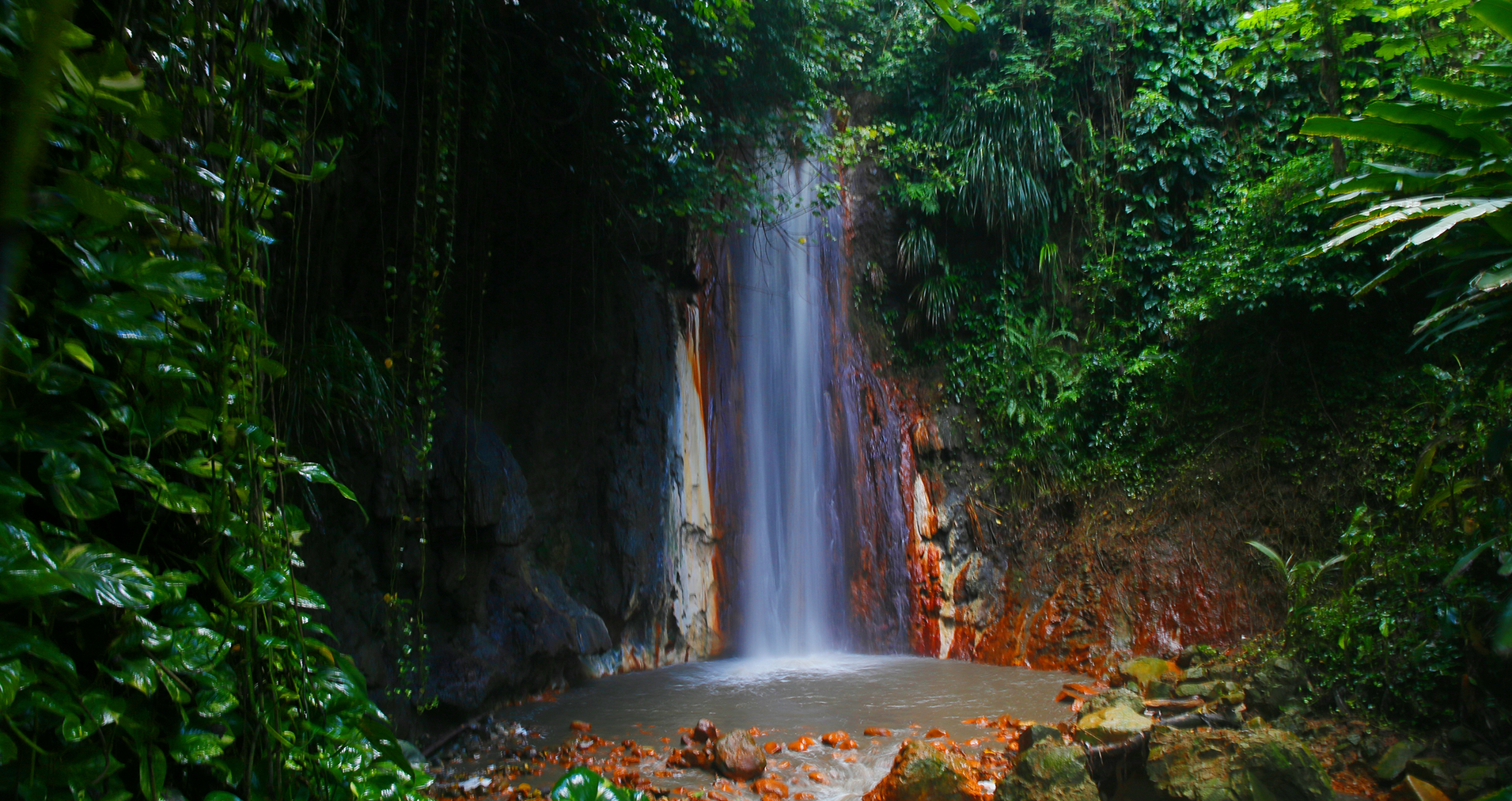
Where is English spoken in the Caribbean?
English is the primary language in Saint Lucia, Grenada, St Vincent, the British Virgin Islands, the U.S. Virgin Islands, St Kitts and Nevis, Antigua and Anguilla.
These smaller islands are generally safer for travelers than their larger counterparts. But what sets them apart, other than soft sandy beaches, warm sunshine, and clear, azure seas?
These islands came to be known as the Antilles because medieval maps often depicted a large continent far across the western sea, a semi-mythical land called Antilia.
This fact also conveyed an understanding that more land existed long before Columbus "discovered" what he thought was India. As a result, scholars today still refer to the Caribbean Sea as the Sea of Antilia, and the islands which make up the lower (or outer) part of this region became known as the Lesser Antilles.
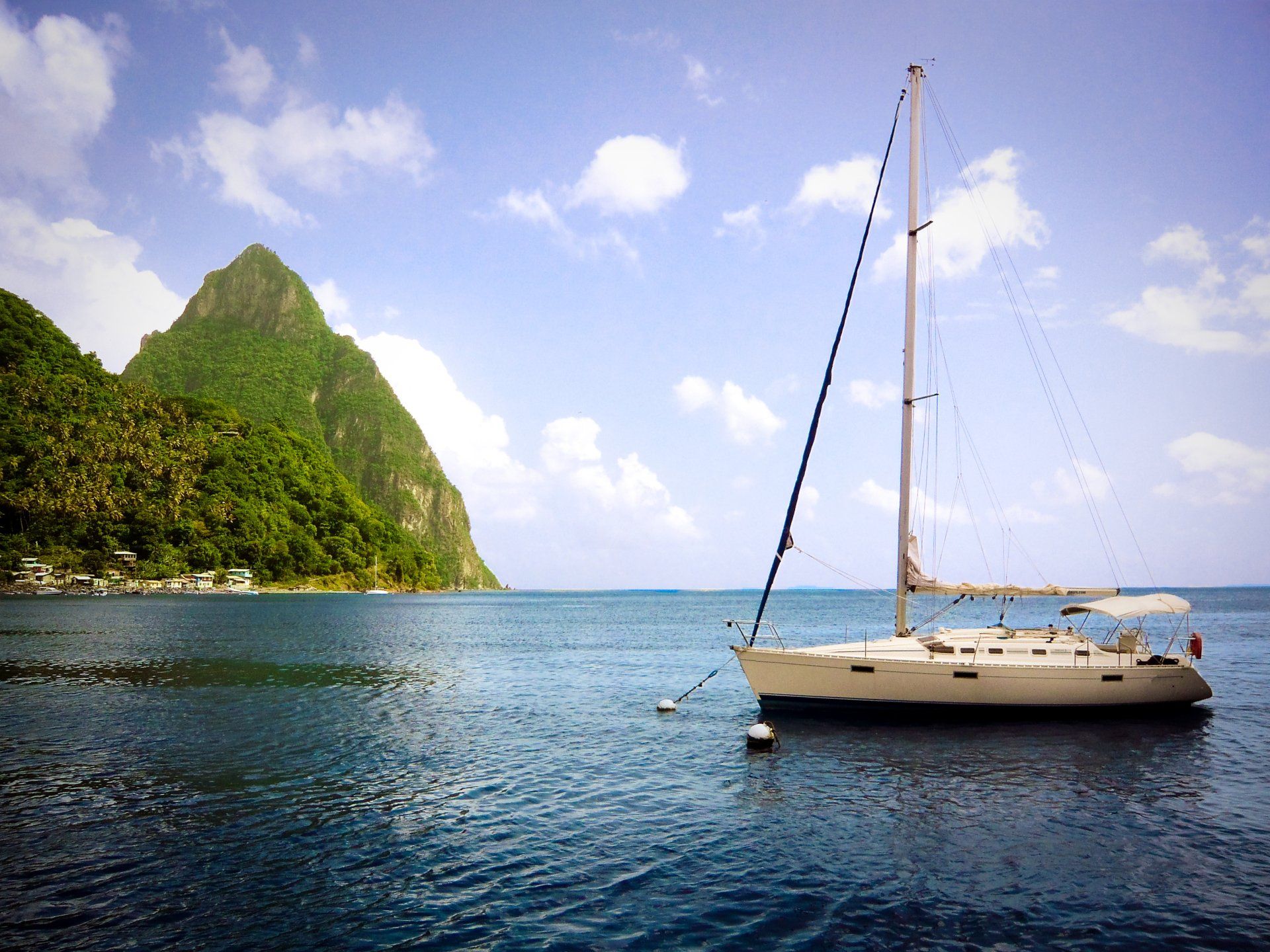
"Helen of the West"
Many of the islands that make up the Lesser Antilles are small and isolated from one another, resulting in individualized cultures developed on each island. European (and later North American) nations competing for ownership or sovereignty over these islands started around the time Columbus sailed west from Spain and continues through today, greatly influencing the shape these cultures took.
People argue about which island is the safest, and the truth is that wherever you travel, as long as you take sensible precautions, you can enjoy a trouble-free vacation almost anywhere.
Arguments also abound about which is the most beautiful. This question is, of course, subjective, but for now, we vote for Saint Lucia. Saint Lucia's other name is "Helen of the West." This name refers to Helen of Troy, whose legendary beauty inspired the saying, "The face that launched a thousand ships." Saint Lucia's beauty is for all to see in the "Piton Mountains," two rocky peaks that stand like sentinels guarding the island.
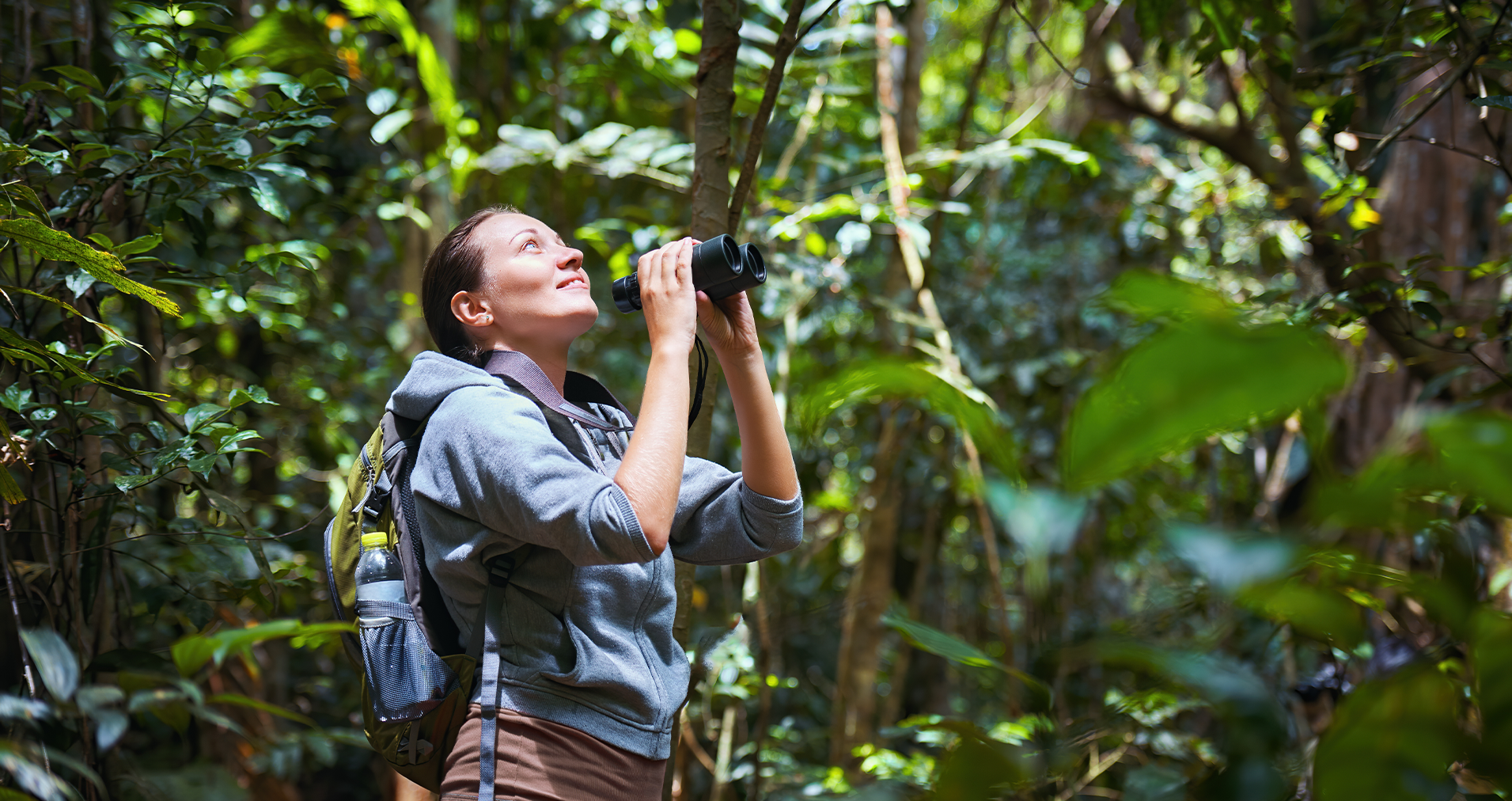
Smaller Islands - Bigger Adventures!
Smaller Islands-Bigger adventures. While this statement is true for many of the English-speaking islands of the Lesser Antilles, Saint Lucia's opportunities for soft adventure are boundless. Climbing the Pitons, hiking the trails, wading through mountain pools and rivers, and jumping through waterfalls are just some options. Undersea, the beauty continues with pristine coral reefs, staggering marine life, wall dives, and wrecks.
A few islands can match Saint Lucia for adventure; however, as one of the larger Lesser Antillean islands, she is also blessed with other ingredients. Travel surveys regularly cite Saint Lucia as being very friendly to visitors. Surveys also regularly recognize Saint Lucia's standing as the World's Best Honeymoon destination.
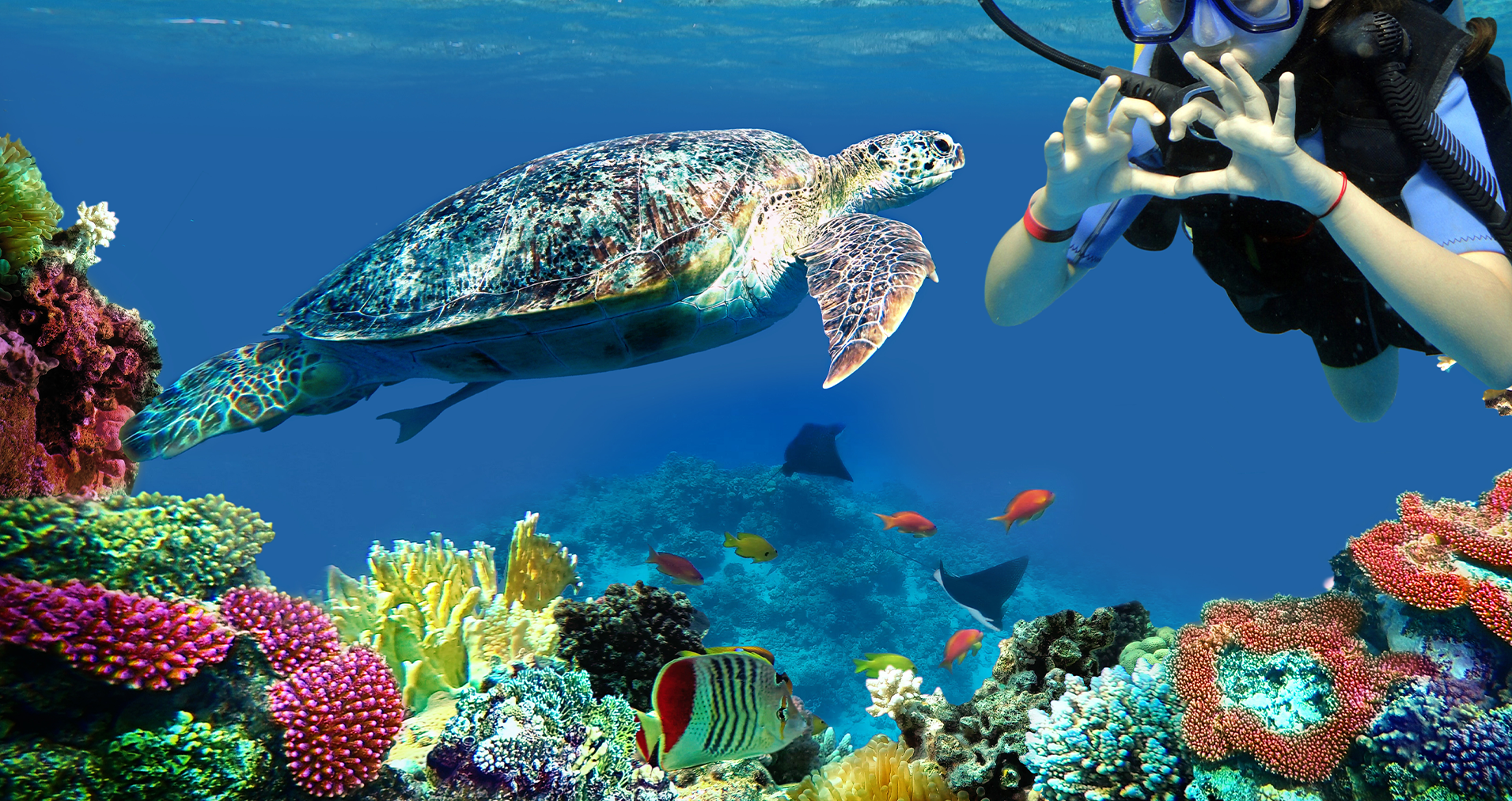
Where to Stay?
Some English-speaking islands are costly, with accommodation primarily in the five-star bracket. On the other hand, Saint Lucia has something for varied budgets and different concepts and themes. Calabash Cove Resort and Spa is an adults-only luxury boutique resort. This descriptor means there are no children on the property. That, coupled with only 26 rooms, makes Calabash Cove a perfect fit for those looking for ideal rest far from the madding crowd!
We hope you found our little geography lesson interesting, but come and experience the beauty, friendly welcome, and adventure and see what we are talking about for yourself.


